
Peugeot 3008 SUV (2016-2024) interior, tech and comfort
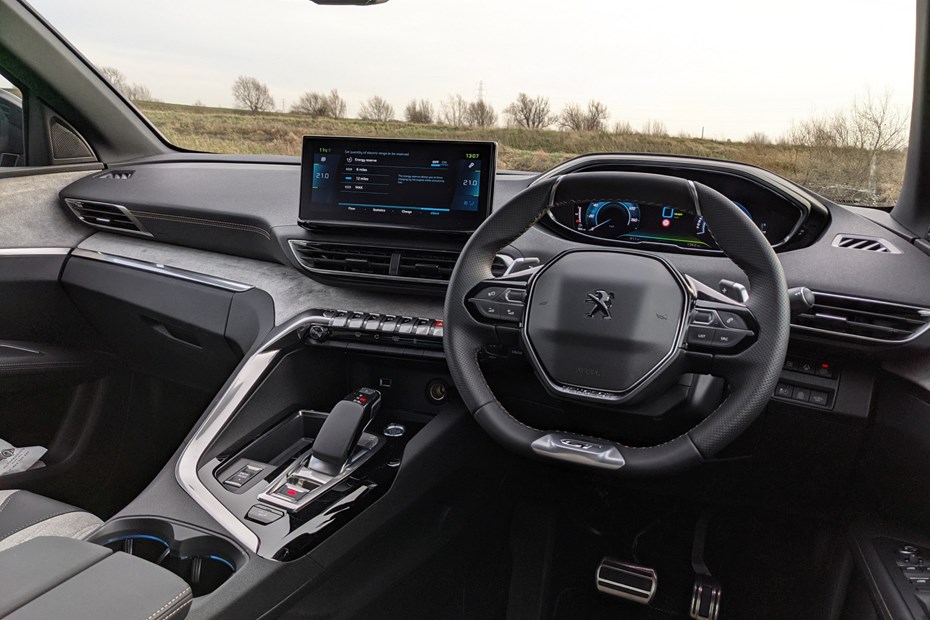
- Interior is the 3008’s show-stopper
- Striking design and plush materials
- Won’t suit all driving positions, though
How is the quality and layout?
Peugeot never used to be a brand famed for offering tactile, high-quality interiors in its cars of old, but the 3008 is a big step above previous models – with unusual wood and fabric trims on offer, and a striking overall interior layout.
While you won’t mistake the cabin for a Volkswagen Tiguan in appearance, it does feel well built and it offers some very individually Peugeot touches. As a result, the 3008 offers a strong feel-good factor for the price.
The small steering wheel, with instruments viewed over it, may be an acquired taste, but the cabin mostly works well. The Virtual Cockpit-style digital dials can display many different combinations of information from traditional analogue gauges to a pared-down setting which shows a digital speedometer and not much else.
Infotainment and tech
Sat-nav instructions can be overlaid on the dials, though we found it irritating that directions completely obscured the rev counter in the conventional display – a key dial in a car with an engine as quiet as the 130hp petrol. With modes selected with a roller switch on the steering wheel, it’s very easy to jump from one mode to another on the move.
Our biggest gripe however, is the screen’s susceptibility to sunlight, meaning you can lose the ability to read any of the display at all. Despite having a surround to shield it, we suspect being placed so high up means it’s far too easy to catch and reflect any exterior light, to the point of being temporarily unreadable in the sun. For the 2020 facelift, contrast on this display was improved which somewhat mitigates this issue, but it’s not totally gone and well worth noting if you’re purchasing a pre-facelift model.
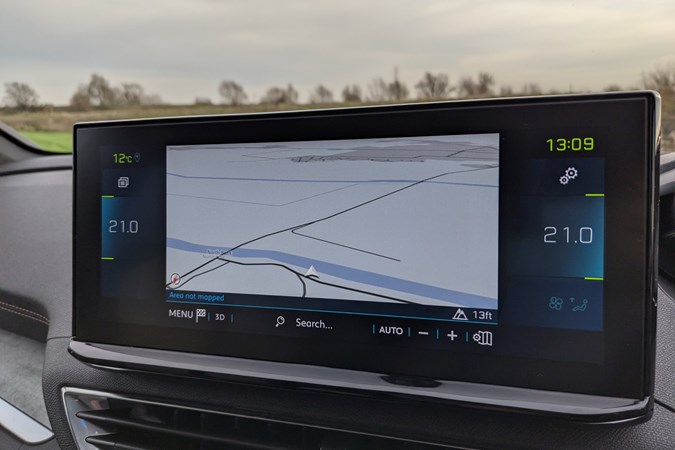
The touchscreen media system, meanwhile, is the same one fitted to other Peugeot models such as the 208 and 508. Base models get an 8.0-inch display, but all those above now feature a touchscreen 10.0-inches on the diagonal. The larger unit is far clearer, brighter and easier to use, but doesn’t actually display much extra information – the additional width merely allows Peugeot to add permanent links to the climate controls on the sides.
Speaking of climate control, they’re touchscreen-only – a bit of a bugbear in a car that’s meant to be totally family-friendly. There are very few physical controls across the cabin, in fact, bar a line of seven identically sized silver switches and six buttons below these. Despite the slick design of these, the fact they all feel the same and have small logos on them makes them unnecessarily difficult to differentiate when driving.
The plug-in hybrid models come with an additional option for the menu screen, specifically displaying how the hybrid system works – including battery power flow, charge status and statistics for energy consumption in terms of fuel and battery power.
Comfort
- Comfort levels won’t disappoint
- Some models have stiffer seats than others
- Suspension soaks up majority of bumps
Style plays a big part in the 3008’s interior with textured panels in fabric or wood running across the centre console.
This style does come with a cost, though. The fabric seats with a ridge going down the centre in Allure cars may look good, but these aren’t the most comfortable, with the ridged fabric digging into front passenger’s back somewhat.
Higher-spec models fare better with a better choice of material and are otherwise firm, comfortable and supportive enough for longer journeys. While the motors for the front massage seats found on certain models remain annoyingly noisy, you at least get five different types to choose from, including one appropriately named Cat Paw.
The hybrid models also come with the ability to remotely set the climate control of the 3008 before you set off on your journey, allowing you to get into the vehicle already at a desired temperature.
The suspension could also be a bit more yielding on rough, bumpy roads too. While the car shrugs off undulations very well, bad bumps and ruts in the road do make themselves felt more than many drivers might expect from a car with off-road pretensions.
This also applies to the amount of movement you’ll experience in everyday driving. Cars we’ve tested with a manual gearbox have resulted in the occupants pitching backwards and forwards every time you accelerate and brake – a motion that becomes incredibly tiresome in stop-start traffic. Thankfully, models with the automatic gearbox avoid this issue as they apply the power much more smoothly, reducing this effect considerably.
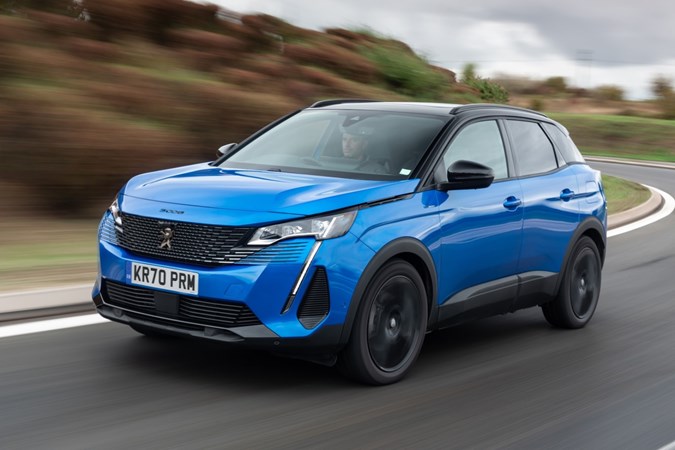
The high floor in comparison with the seat base does mean that taller people may feel like they’re sitting on a small child’s chair, with their legs slightly too high compared with the rest of their body.
Specify the glass roof and headroom is a little on the tight side for taller passengers, but it does add a nice amount of light into the cabin, especially on models with dark rooflining.
Engine refinement is a bit of a mixed bag. The 130hp petrol motor is very smooth and quiet, emitting an eager thrum when worked hard. Both 120hp and 180hp diesels fail to hide their distinct engine clatter – especially the automatic-only 180hp unit – but are adequately hushed for the class.
The hybrid models make for a far more serene place to spend time in, especially if you reside in towns and cities for much of the time you spend driving. This allows you to maximise the amount of time spent in electric mode and not on the petrol engine, even if there is plenty of whine from the electric motors themselves as you coast and slow down under braking. Still, this is less noticeable with the stereo on or if the occupants are having a conversation.


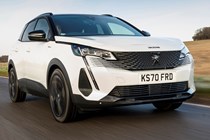
.jpg)
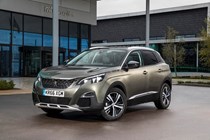
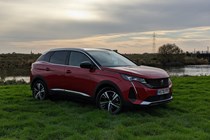
.jpg)
.jpg)
.jpg)
.jpg)
.jpg)
.jpg)
.jpg)
.jpg)
.jpg)
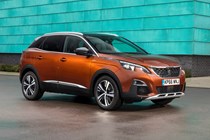
.jpg)
.jpg)
.jpg)
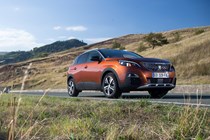
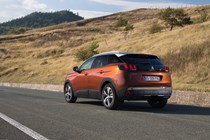
.jpg)
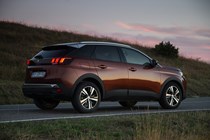
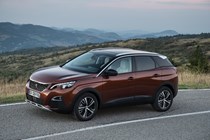

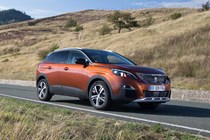
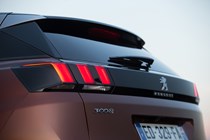
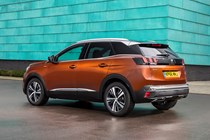
.jpg)
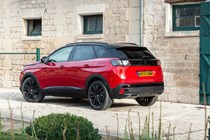
.jpg)
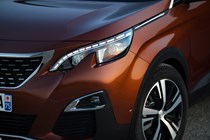
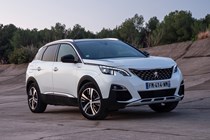
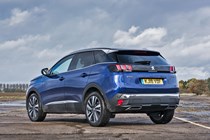
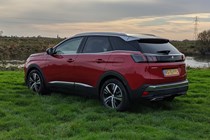

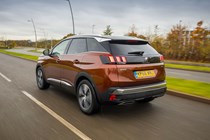
.jpg)
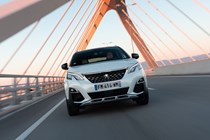
.jpg)
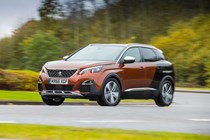

.jpg)
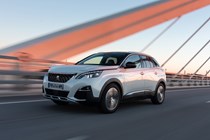
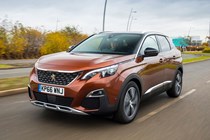
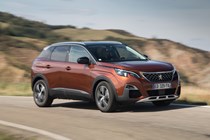
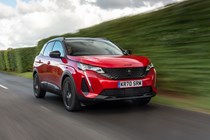

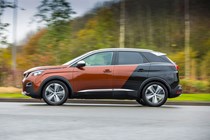
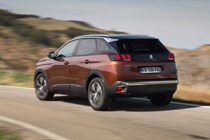

.jpg)
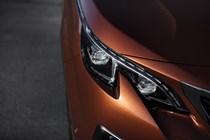

.jpg)
.jpg)
.jpg)
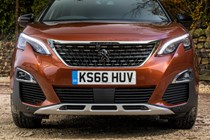
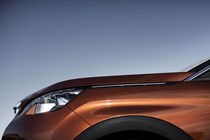
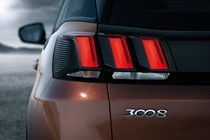

.jpg)
.jpg)
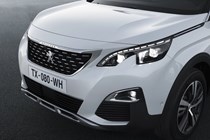
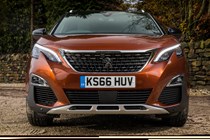
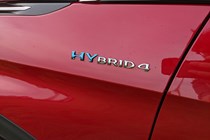

.jpg)
.jpg)
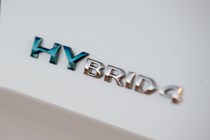
.jpg)
.jpg)
.jpg)
.jpg)
.jpg)
.jpg)
.jpg)
.jpg)
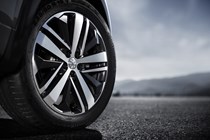
.jpg)
.jpg)
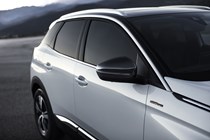
.jpg)
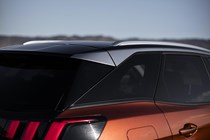

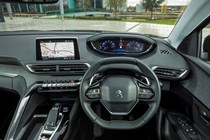

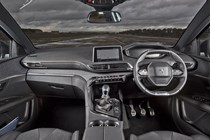
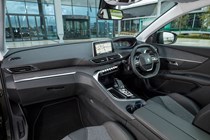

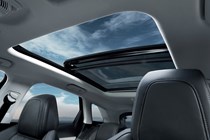
.jpg)
.jpg)
.jpg)
.jpg)
.jpg)

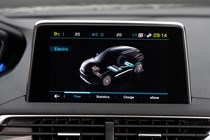
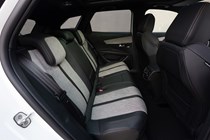
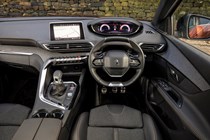
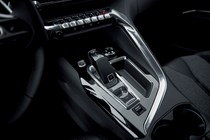

.jpg)
.jpg)
.jpg)
.jpg)
.jpg)
.jpg)
.jpg)
.jpg)
.jpg)
.jpg)
.jpg)
.jpg)
.jpg)
.jpg)
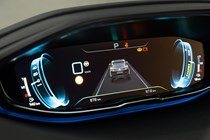
.jpg)

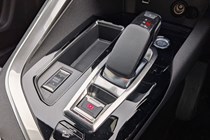
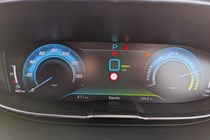
.jpg)
.jpg)
.jpg)
.jpg)
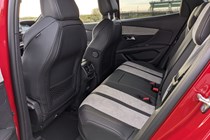
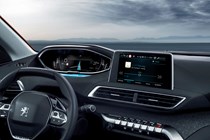
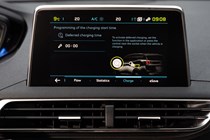
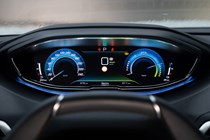
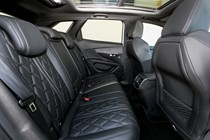
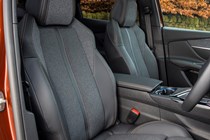
.jpg)
.jpg)
.jpg)
.jpg)
.jpg)

.jpg)
.jpg)
.jpg)
.jpg)
.jpg)
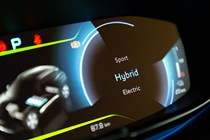
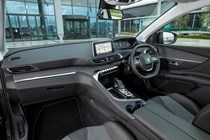
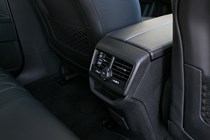
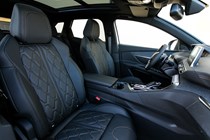
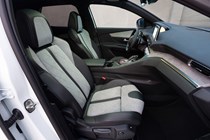
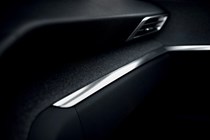
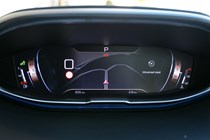

.jpg)
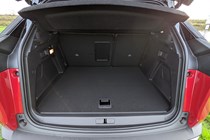
.jpg)
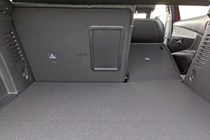
.jpg)
.jpg)
.jpg)
.jpg)
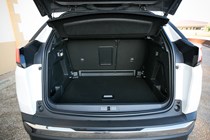
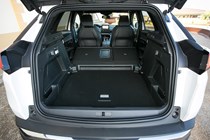
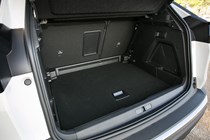
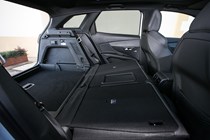
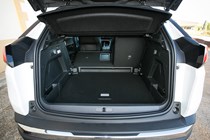
.jpg)
.jpg)
.jpg)
.jpg)
.jpg)
.jpg)



.jpg?quality=50)


.jpg?quality=50)
.jpg?quality=50)
.jpg?quality=50)
.jpg?quality=50)
.jpg?quality=50)
.jpg?quality=50)
.jpg?quality=50)
.jpg?quality=50)
.jpg?quality=50)

.jpg?quality=50)
.jpg?quality=50)
.jpg?quality=50)


.jpg?quality=50)






.jpg?quality=50)

.jpg?quality=50)






.jpg?quality=50)

.jpg?quality=50)


.jpg?quality=50)








.jpg?quality=50)


.jpg?quality=50)
.jpg?quality=50)
.jpg?quality=50)




.jpg?quality=50)
.jpg?quality=50)




.jpg?quality=50)
.jpg?quality=50)

.jpg?quality=50)
.jpg?quality=50)
.jpg?quality=50)
.jpg?quality=50)
.jpg?quality=50)
.jpg?quality=50)
.jpg?quality=50)
.jpg?quality=50)

.jpg?quality=50)
.jpg?quality=50)

.jpg?quality=50)








.jpg?quality=50)
.jpg?quality=50)
.jpg?quality=50)
.jpg?quality=50)
.jpg?quality=50)






.jpg?quality=50)
.jpg?quality=50)
.jpg?quality=50)
.jpg?quality=50)
.jpg?quality=50)
.jpg?quality=50)
.jpg?quality=50)
.jpg?quality=50)
.jpg?quality=50)
.jpg?quality=50)
.jpg?quality=50)
.jpg?quality=50)
.jpg?quality=50)
.jpg?quality=50)

.jpg?quality=50)



.jpg?quality=50)
.jpg?quality=50)
.jpg?quality=50)
.jpg?quality=50)






.jpg?quality=50)
.jpg?quality=50)
.jpg?quality=50)
.jpg?quality=50)
.jpg?quality=50)

.jpg?quality=50)
.jpg?quality=50)
.jpg?quality=50)
.jpg?quality=50)
.jpg?quality=50)








.jpg?quality=50)

.jpg?quality=50)

.jpg?quality=50)
.jpg?quality=50)
.jpg?quality=50)
.jpg?quality=50)





.jpg?quality=50)
.jpg?quality=50)
.jpg?quality=50)
.jpg?quality=50)
.jpg?quality=50)
.jpg?quality=50)